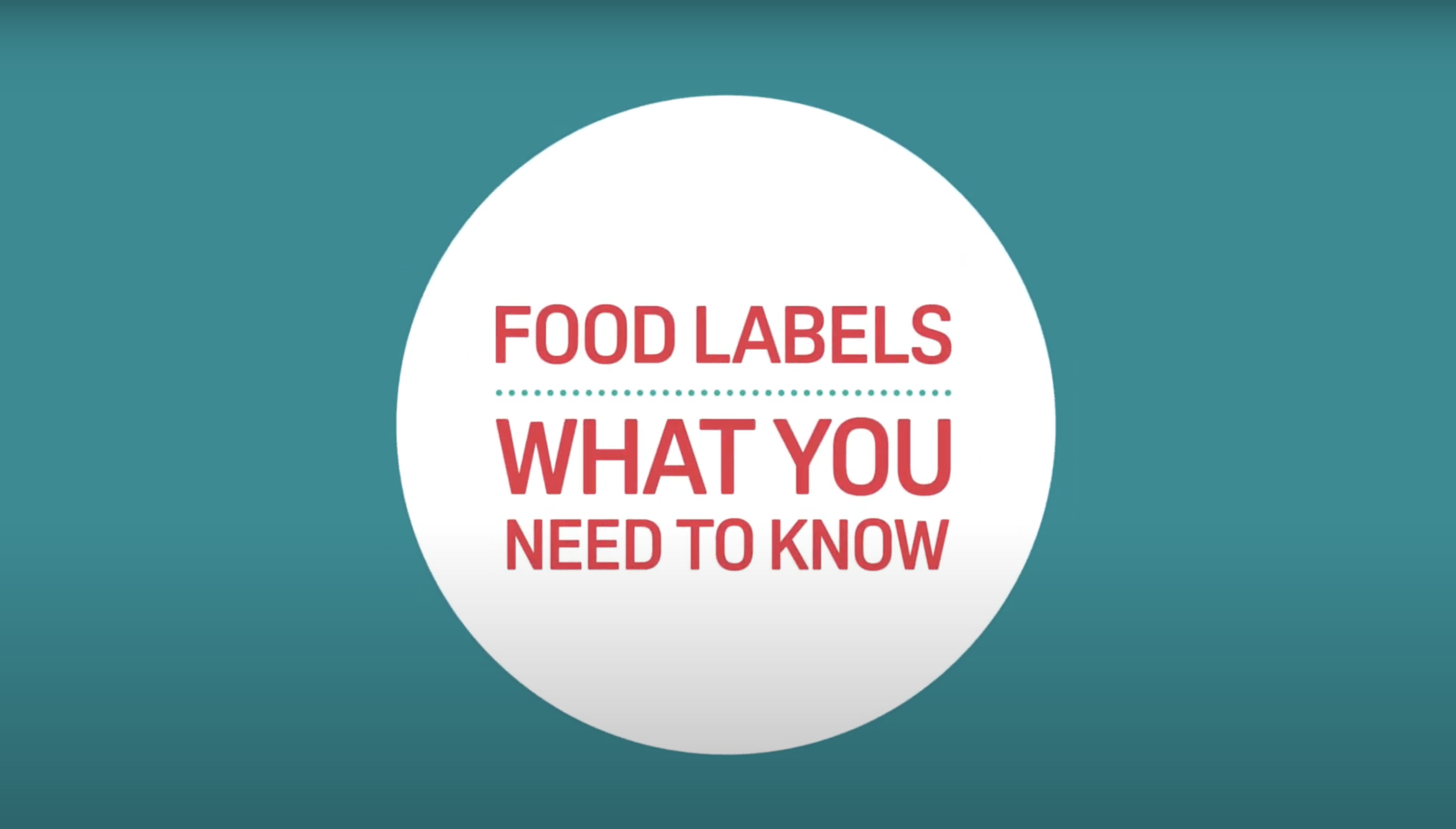
Decoding Food Allergy Labelling
Whether you have recently received a food allergy diagnosis or have been managing dietary restrictions for a while, navigating the...
 Food Labelling | Allergy UK | National Charity
Food Labelling | Allergy UK | National Charity
To ensure you make the right choices about the food you buy and eat, the labels on pre packed foods must not be misleading. The FSA explains food labels.
Food companies that produce, manufacture or package food within the UK have been given clear guidance from the Food Standards Agency about the information that is required to be included on a food label.
Find out more about the FSA guidelines
This information helps people that have food allergies, intolerances or dietary needs to make safe and informed choices when they are choosing food items. All pre-packaged foods must show a list of ingredients which clearly identifies all the ingredients.
New legislation, which came into force on 1 October 2021, known as ‘Natasha’s Law’ now also requires businesses to label all food that is pre-packed for direct sale (known as PPDS) with a full list of ingredients and the 14 allergens emphasised in bold.
This new legislation applies to foods packaged on the same site at which they are sold before being ordered, such as pre- packed sandwiches and wraps, and it will also apply to supermarket products, such as cheeses and meat from a deli counter that have been wrapped ready to serve.
INGREDIENTS:
Water, Vegetable Oils (37%) [Rapeseed Oil, Palm Oil], Olive Oil (22%), Whey Powder (from Milk), Salt (1.1%), Emulsifier (Mono- and Diglycerides of Fatty Acids), Stabiliser (Sodium Alginate), Preservative (Potassium Sorbate), Colour (Carotenes), Flouring, Vitamin A, Vitamin D.
The allergen content of foods packaged within the European Union are required by law to include allergen information (Regulation No 1169/2011).
This legislation has been in place since December, 2014 and mandates that ingredient lists on food labels have to clearly highlight (for example in bold type) that they contain any of the 14 allergens which include:
Outside the EU, food labelling laws are different. This means that it is important to check ingredients carefully on food which has been imported from outside the EU or when buying food abroad.
Sometimes ingredients included on labels are in a different form so it may not be obvious that they are related to one of the more commonly known allergens. These are called hidden allergens.
By law if this ingredient is one of the 14 major allergens it is required to be emphasised on the label, even if it comes under a different name. For example, this ingredients list specifies that whey powder is from milk:
INGREDIENTS:
Water, Vegetable Oils (37%) [Rapeseed Oil, Palm Oil], Olive Oil (22%), Whey Powder (from Milk), Salt (1.1%), Emulsifier (Mono- and Diglycerides of Fatty Acids), Stabiliser (Sodium Alginate), Preservative (Potassium Sorbate), Colour (Carotenes), Flouring, Vitamin A, Vitamin D.
(‘May contain…’/’Made in a factory…’ labelling statements)
Currently there is no law to recommend when these statements should be used on a food product. There is large variation between products but generally snacks and dry foods such as cereals, cereal bars, chocolate, biscuits and nuts are at greater risk of crosscontamination with allergens. Some people with food allergy will need to avoid products that include these precautionary statements. Guidance on the need to avoid foods these statements should come from a healthcare professional.
It is possible to have a food allergy to food allergens, that are not included in the top 14, for example chick peas, lentils, corn and kiwi. It is therefore important to read ingredients lists carefully as while these allergens may be included they will not be emphasised in bold, italicised or underlined.
In the UK all ingredients have to be labelled correctly, however you should still find out all the names of the ingredients and products that can be derived from the food that causes a reaction.
This Factsheet provides information on food allergens, precautionary allergen labelling (e.g. ‘may contain’ statements) and what to look for when reading a food label

Whether you have recently received a food allergy diagnosis or have been managing dietary restrictions for a while, navigating the...

On Monday 3rd June 2019, The Food and Drink Federation (FDF) published new guidance for labelling gluten in prepacked food. The...

On this page: What to do is you suspect you have a food allergy Testing for a food allergy Types...